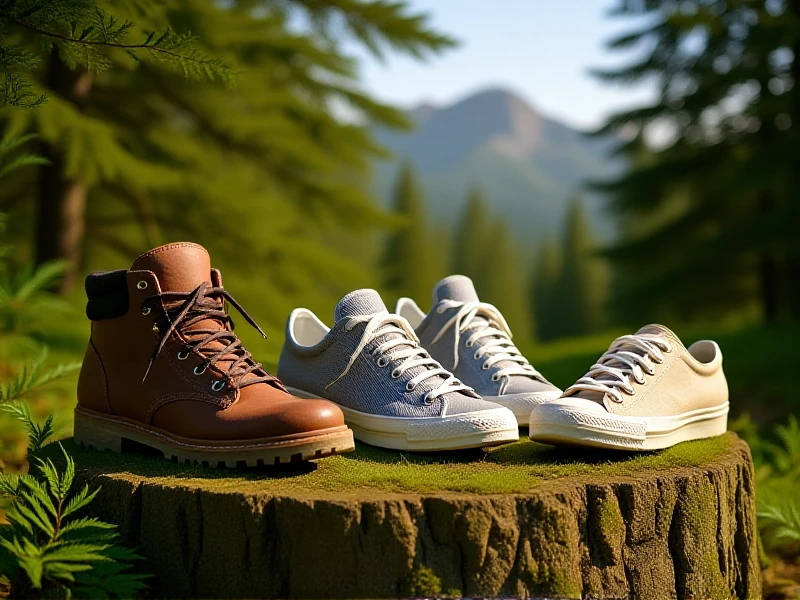
Hiking Boots: Your Ultimate Trail Companion Down to the Ground
Here is a unique SEO-optimized article about hiking boots, following your requirements:
Title:
Choosing the right hiking boots isn't just about style; it's foundational for comfort, safety, and conquering miles with confidence. Whether exploring gentle paths or rugged backcountry, your feet demand reliable support and protection. This essential gear acts as your critical connection to the earth beneath you.
Investing quality time selecting the perfect pair prevents blisters, sore muscles, and potential injuries later. Getting a proper fit is non-negotiable. Visit outdoor retailers later in the day when feet are naturally slightly swollen, wear your intended hiking socks, and walk around extensively. Boots should feel snug yet comfortable immediately, with ample toe room preventing jamming on descents.
Key features differentiate hiking boots. Consider these crucial elements:
- Support & Ankle Height: Mid-cut boots offer excellent ankle support and protection against rocky terrain and twisted ankles, ideal for most trails and carrying loads. Low-cut styles prioritize agility and weight savings on well-maintained paths. High-cut boots provide maximum stability for heavy backpacks and challenging off-trail excursions.
- Traction & Outsole: Look for aggressive, durable rubber lugs (deep treads) designed to grip diverse surfaces like mud, rock, and loose scree. Vibram® soles are renowned for longevity and grip.
- Waterproofing & Breathability: Membranes like Gore-Tex® or proprietary treatments offer vital waterproof protection while allowing sweat vapor to escape, keeping feet remarkably drier in wet conditions. Excellent breathability is crucial for warmer climates to minimize internal moisture buildup.
- Protection & Durability: Features like rubber toe caps shield against stubbed toes and debris, and reinforced heels enhance stability. Sturdy construction ensures the boot withstands prolonged abrasive use.
- Cushioning & Stability: Adequate midsoles absorb shock impact on the trail, while well-designed shanks (stiff inserts) prevent excessive flex, improving stability over uneven ground and reducing fatigue.
Avoid neglecting break-in time. Wear new hiking boots around home or on short walks before tackling long distances. This allows materials to adjust, significantly enhancing comfort and minimizing blisters.
Prioritizing purpose, fit, and essential features ensures your hiking boots become trusted partners. Discover the joy of a stable, blister-free stride powered by boots ready for your next adventure. Your feet – and your trail experience – will profoundly appreciate careful selection!